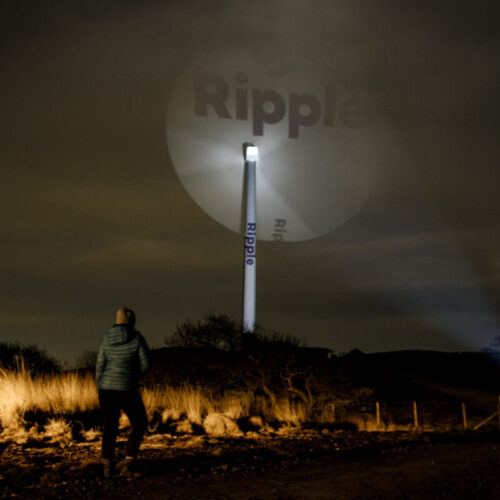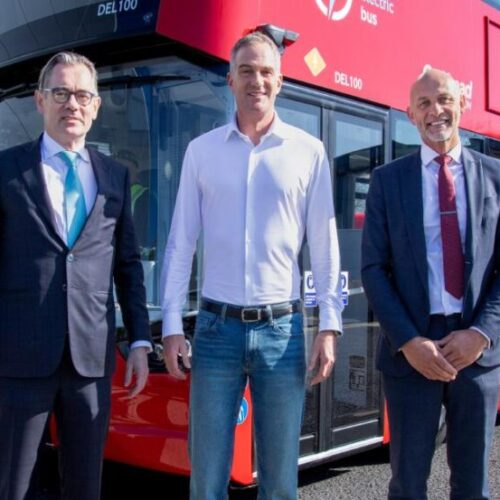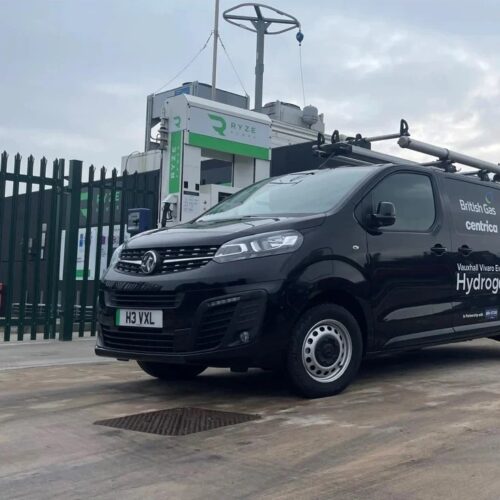Without sufficient charging provision, consumers will not switch to an EV; without enough consumers switching to an EV, there is no business case for building EV charging infrastructure.
In 2022, the Department for Transport (DfT) published Taking charge: the electric vehicle infrastructure strategy, setting its intention to remove the lack of EV charging infrastructure as a barrier to uptake. It estimated that to do so a minimum of 300,000 public chargers must be installed by 2030.
A report published by the Public Accounts Committee (PAC) in March confirmed that the UK is on track to hit the targeted 300,000 public chargepoints by 2030 but highlighted the significant geographical disparity in the rollout.
Currently, 43% of installed public chargers are in London and the South East of England.
According to Jarrod Birch, head of policy for ChargeUK, the trade association representing public chargepoint operators (CPOs), when looking at regional chargepoint rollout it is important to consider the role of private charging.
“I think we all get quite focused on the public charging number. We’re really happy to have surpassed 75,000 public chargers, but we know there are many, many more private chargers,” says Birch.
Outside London and the South East there is more off street parking—about 44% of London homes have off street parking, while roughly 68% do in the rest of England—so, Birch points out “charging just looks a little bit different by default”.
Public chargepoint mapping service Zapmap estimates there are about 850,000 chargepoints installed at homes and workplaces, where the majority of charging takes place.
Chargepoint investment follows EV demand
The is also a commercial element to the regional spread of public chargers. As highlighted by the PAC report, CPOs need to be able to project profitability from installation of EV infrastructure.
This means that areas with higher EV uptake (like London) tend to have more public charging availability. Operators invest in places they know there is already demand, or where they think demand will come next, explains Birch.
However, he also points out another part of the commerciality issue: the on street EV charging business case is “not one of mega margins and lots of money to be made”.
AC on street infrastructure is a slow, long-term investment and, Birch says, that is why funds like the local electric vehicle infrastructure (LEVI) grant are offered by the Department for Transport.
The £450 million programme supports local authorities in England to install chargepoints where they identify they are most needed.
LEVI will help, Birch expects, because it will enable much more on street residential charging, making more options available to consumers. Further, because the funding is “really quite well” spread out across local authorities in lots of different areas, “you should see all boats rising on the tide”.
For DC chargers, the case has become even harder to make in recent years because, since 2022, standing charges have gone up by more than 1000%. Birch says this means “what was once a no-brainer investment might have become a marginal one, and what was once a marginal investment case has become one that’s not worth pursuing”.
Regardless of location, this makes operating DC, rapid charging infrastructure harder to establish, but in areas where there is lower demand it has become much harder to justify investment.
Government intervention here would improve viability in all locations but particularly in those where local demand is not high. ChargeUK states that it is within the government’s grip to support CPOs, either by reversing the regulatory changes that have (inadvertently, perhaps) caused standing charges to become such a barrier or, as it has done for other energy-intensive industries in the past, offer some sort of support or relief.
Creating certainty in the EV sector
A key concern of the PAC, perhaps unsurprisingly given its remit, is the rapid charging fund (RCF) that the DfT is yet to deliver, five years since allotting the funding.
Launched in 2020 with the intention of futureproofing electricity capacity on the strategic road network by part–funding the capital costs of upgraded grid connections, £950 million funding was allotted.
Birch suggests that the RCF is emblematic of the way that “funding can be very useful in the right places, but not if it prolongs uncertainty and the market doesn’t know what to expect”.
It has affected the decisions of private companies, because whether or not government funding will be provided towards their investments is unclear.
“Whatever decision the government takes—and it is ultimately for the Treasury to decide—continued uncertainty like we have seen over several years now is definitely not helpful.”
Uncertainty, when it comes to investment and long-term planning, “is the devil”, Birch adds.
Private financing and government support for EV charging
The PAC report suggests that government funding is the necessary stopgap in the face of the business-driven reasons for regional EV charging disparity.
Birch agrees that funding being given from central government to local authorities, who then go on to work with private CPOs (which is how LEVI functions) is “a massive part of the solution for the next couple of years”.
In charging use cases like motorway service areas and on street there will always be a role for government financing, Birch says.
Another way that the government could step would be to introduce schemes that made monetising chargepoint installation easier in places where demand is slow to pick up.
In Europe and North America, CPOs are included in credit schemes originally set up to incentivise traditional fuel suppliers to supply more renewables to the transport sector. This means that for every kilowatt-hour of energy sold for EV charging, CPOs generate credits which can be sold or traded.
The market-based mechanism incentivises private sector companies to invest in charging infrastructure and is a “significant, consistent” revenue stream.
As of May, when the EU will require all member states to include CPOs in the credit scheme, the UK will be the only country in Europe not to offer such a scheme. The Netherlands, Germany, Austria and France already run a scheme, as do large parts of Canada and the US.
Were the government to follow this lead, the installation of charging infrastructure across the UK could be funded in this way with less direct intervention from the Treasury.





